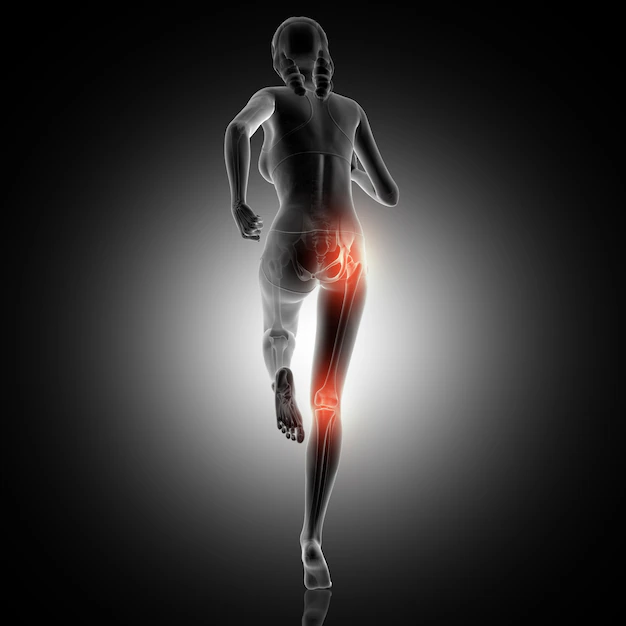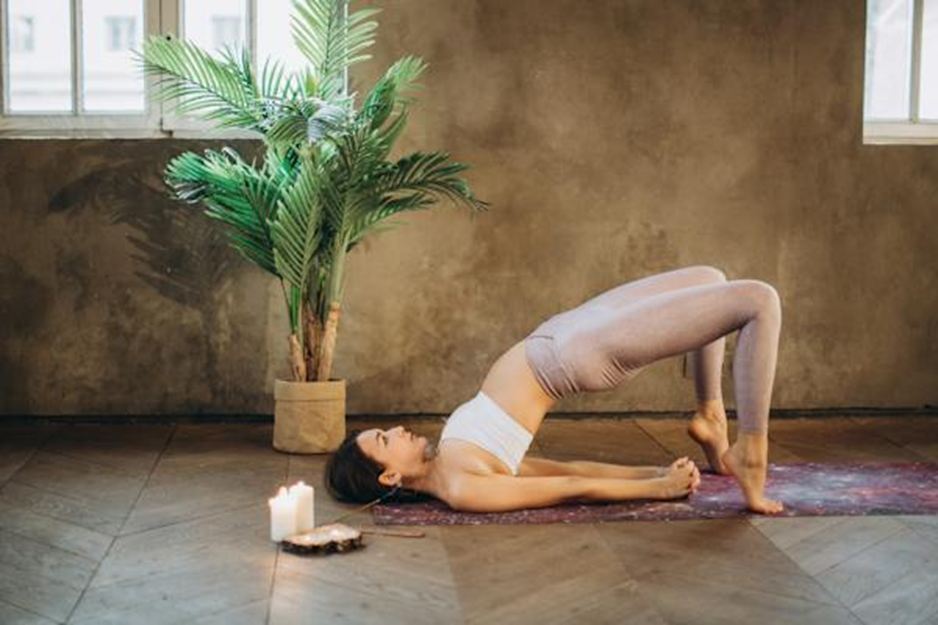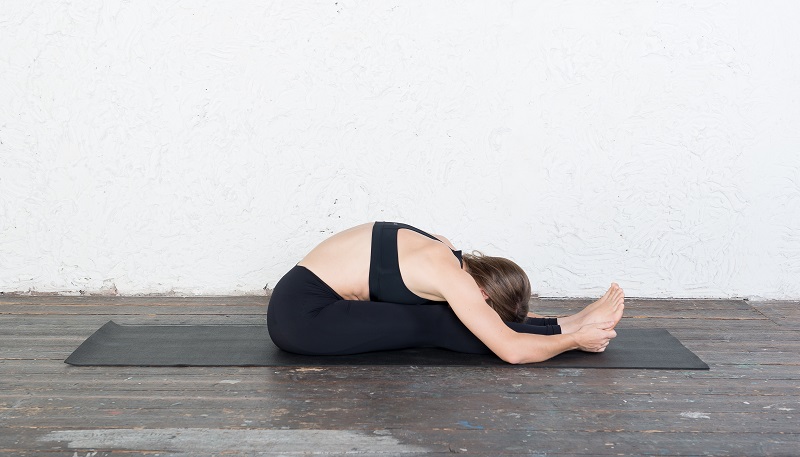Yoga Benefits of the Corpse Pose (Shavasana)
Etymology and origin
The word Shavasana comes from two Sanskrit words “Śava” means “corpse” and “Āsana”, means “posture” or “seat”. The alternative name of Savasana is Mritasana which is also comes from two Sanskrit words “mṛta” means “death” and “asana” means “pose”.The earliest mention of the Corpse pose or Savasana is in the 15th century Hatha yoga Pradipika, which states in the context of a medieval belief system that “lying down on the ground supine, like a corpse, is called Shavasana. This pose eliminates tiredness and promotes calmness of the mind.
Shavasana or Corpse Pose is intended to rejuvenate your body, mind, and spirit. In this pose, the breath deepens, and the stress of the day is released. The yogi forgets all other thoughts and surrenders any psychological effort. While in Savasana or Corpse pose, yogis slip into blissful neutrality and reflect on the practice. Comfort is significant in the pose; the slightest point of discomfort can be endlessly distracting. Daily practice of Shavasana or Corpse pose is an excellent way to reduce stress and tension.

Holistic Yoga Benefits of Shavasana or Corpse Pose
- Daily practice of Shavasana or corpse pose may give you numerous benefits, which are very subtle and only fully recognized over time, as you make Shavasana a regular part of your practice. Its benefits are physical, mental, and spiritual – as you move into moments of full relaxation you expand your consciousness and enter into a state of harmony with all three.
- Shavasana is a good way to reduce anxiety and stress, which in turn can have a positive impact on a variety of health issues that are stress-related such as diabetes, cancer, and heart disease.
- It helps with sleep issues. If you have insomnia or wake frequently during the night, then you must practice Shavasana or Corpse pose before bed. As this pose helps you enter a state of calm and conscious peacefulness which can help you sleep better.
- Daily practice of Shavasana or corpse pose is a Natural way of regulating your immune and digestive systems.
- Shavasana or corpse pose can help you to lower your blood pressure as the sympathetic system becomes more tranquil.
- If you add Shavasana in your daily routine, your Concentration and Memory will get improve – Just like how meditation is a result of focus and concentration, when you are actively focussing on each area of your body while you are in Shavasana, your mind automatically improves in its capacity for concentration and memory.
- If you are looking for a quick boost of energy, you can turn to Savasana or corpse pose anytime during the day for some of that instant energy. Just practising shavasana for upto 10 minutes can give your body an energy boost, and thereby, increases your productivity.
- Shavasana is the best Yoga Asana to relieve migraine and also helps you to get relief from severe and disabling tiredness or fatigue.
How to do Shavasana or Corpse Pose?
Shavasana or Corpse Pose is both the easiest and the hardest of yoga poses; it may look easy, your body may be still, but where is your mind?
If you Done this pose correctly, it will leave your mind calm and your body relaxed but energised, certainly not sleepy. So let’s take a look at the easy 13 steps for doing Shavasana or corpse pose correctly-
Step 1: Begin with lying down position, Lie flat on your back, neck away from your shoulders, chin tucked in. Make sure that your legs are extended and slightly turned outward, hands a little away from the body, palms up.
Step 2: Now Close your eyes and gently turn your attention inwards and start to breathe deeply. Spend a bit of time checking in with each part of your body, making sure every body part is relaxed.
Step 3: Let your hips sink into the ground and soften your groins and lower back.
Step 4: Also Let your shoulder blades sink evenly down into the ground and spread the collarbones.
Step 5: Gently Lengthen your neck and relax your head into the floor.
Step 6: Relax your legs and arms, allowing them to become heavy.
Step 7: Relax and sink your groins, pelvis, lower back and chest into the floor.
Step 8: Let Soften your tongue, jaw, the skin of the forehead.
Step 9: Allow your eyes to sink into their sockets.
Step 10: Allow your breath to become smooth and slow.
Step 11: Remain in the pose for at least five minutes.
Step 12: Then eventually release the pose, exhale and slowly bring your knees into the chest. Roll softly to the right side, supporting your head on your right hand on the floor. Rest here for a while.
Step 13: Deeply Exhale again, push your hands into the floor to slowly lift the upper body. Sit up and take a moment to feel what it is to be totally relaxed.
Precautions or Contraindications of Shavasana or Corpse pose
Shavasana or corpse pose is considered to be absolutely safe and can be practised by anyone and everyone. However, there are few exceptions who can’t perform this asana-
- If your doctor has advised you not to lie on your back, you must avoid this asana or you can do some modification like lie with your back on the floor, and rest your calves on the seat of a chair, with your thighs perpendicular to the floor.
- In case of practising this asana during pregnancy, it is advised to rest your head and chest on a bolster for comfort.
- Most importantly, people with psychiatric disorders should not attempt this pose without first consulting a physician or yoga expert.
Modifications FOR CORPSE POSE (SAVASANA)
The energetic intention of Corpse Pose or Savasana is relaxing and letting go, so for any reason if it’s hard for you to do that in the traditional posture, work toward a position that makes it more comfortable with props. Some frequent Savasana or corpse pose modifications include:
- Putting your legs on a chair or a wall
- Placing a bolster, pillow, or rolled-up blanket under your knees
- Putting a pillow under your head or neck
- Lying on your side with a pillow or block between your knees
- Placing blocks or folded blankets under your arms to support your shoulders
- Using an eye pillow or mask
- Practicing under a blanket for warmth
Variations of Savasana or Corpse pose
The above mentioned modifications are just a taste of the many ways you can practice savasana or corpse pose comfortably. You can also do other alternative forms of the pose using different positions and different props to support your body for total relaxation.
Here are some variations you can practice savasana when lying flat on your back isn’t working for you.
- ELEVATED SAVASANA
- SIDE-LYING SAVASANA
- PRONE SAVASANA
The Bottom Line
The routine practice of Shavasana or Corpse pose allows a deep relaxation of body and mind. Shavasana is as important and fundamental as exercise and a balanced diet. Yoga equips the nervous system with new neuromuscular information. The corpse pose gives your body and minds the possibility to integrate this new information before you again devote yourself ourselves to your everyday life. Without Shavasana at the end of a yoga class, you can also skip the whole class. Without this integrative phase, in the end, you may lose all that your body and mind have learned during the class. For that reason, Shavasana is often referred to as the most important asana. However, one important thing to note is that you cannot fall asleep when you practice this pose. As this pose requires you to concentrate, and focus on your breath. When you are practising this pose, try to take deeper, and faster breaths.
If you are keen to learn more about the yoga benefits of shavasana or corpse pose, you can visit our website.
Stay healthy, stay strong and get the best out of life.
Keep reading.
Source: https://shivholisticyogaschool.com/blog/yoga-benefits-of-the-corpse-pose-shavasana/
Visit: yoga school in India | Yoga Teacher Training In India | 200 hour yoga Teacher Training In India | 300 hour yoga Teacher Training In India | 500 hour yoga Teacher Training In India


